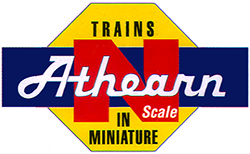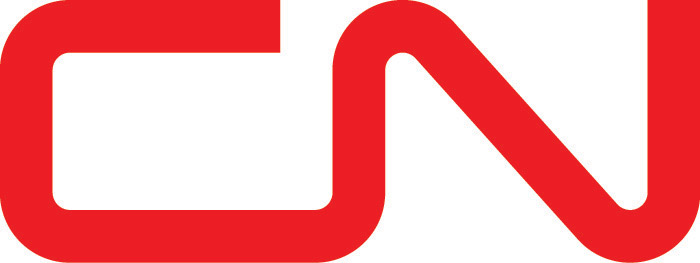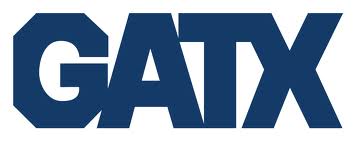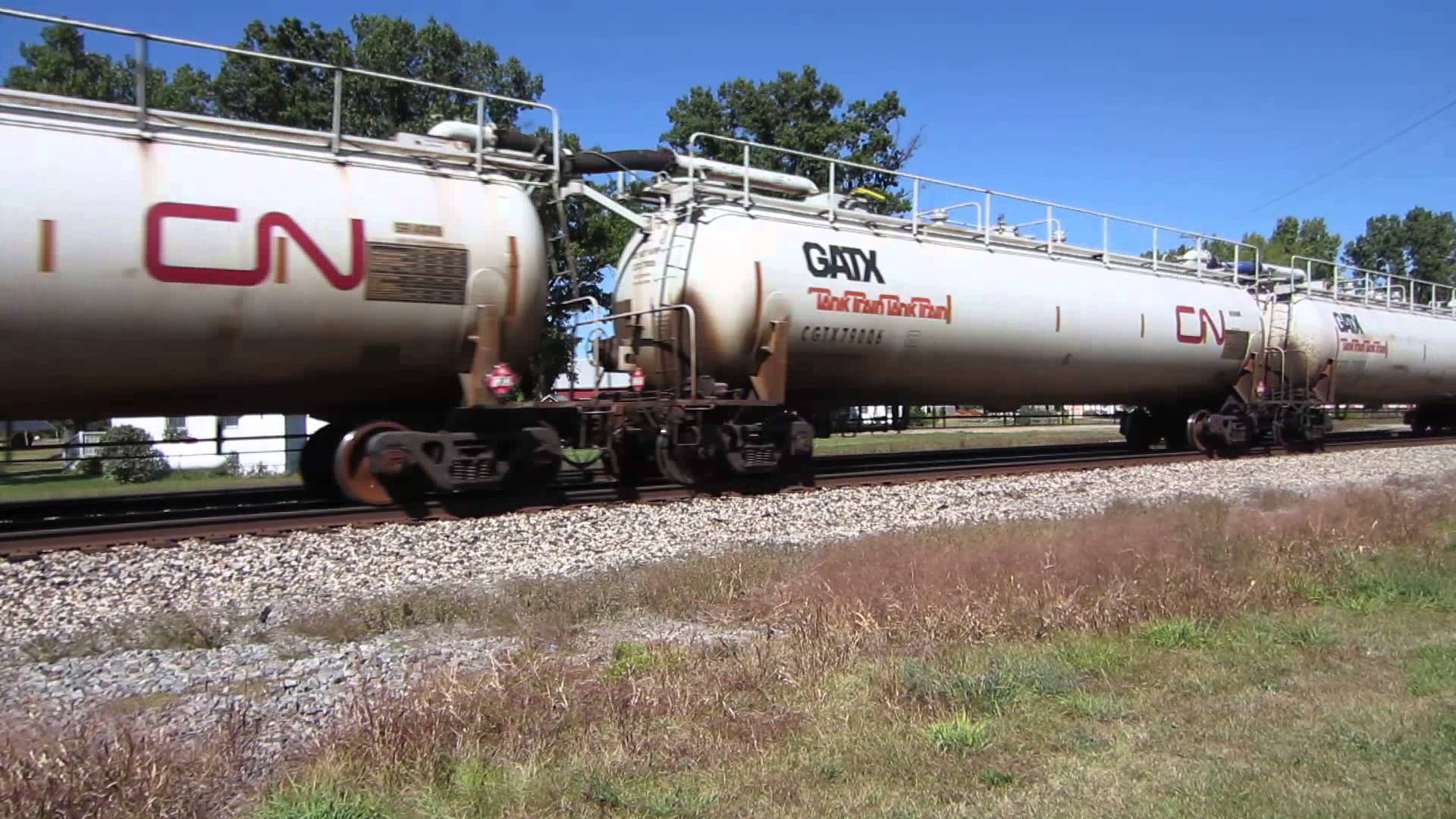Athearn - 1777 - Tank Car, Tank Train - Canadian National - 3-Pack
| Stock Number | 1777 |
| Original Retail Price | $104.99 |
| Brand | Athearn |
| Manufacturer | Athearn |
| Body Style | Athearn Tank Car Tank Train |
| Image Provider's Website | Link |
| Prototype Vehicle | Tank Car, Tank Train (Details) |
| Road or Company Name | Canadian National (Details) |
| Reporting Marks | CGTX |
| Road or Reporting Number | 3-Pack |
| Paint Color(s) | White |
| Print Color(s) | Black, Orange & Red |
| Additional Markings/Slogan | GATX Tank Train |
| Coupler Type | McHenry Magnetic Knuckle |
| Coupler Mount | Body-Mount |
| Wheel Type | Chemically Blackened Metal |
| Wheel Profile | Small Flange (Low Profile) |
| Multipack | Yes |
| Multipack Count | 3 |
| Announcement Date | 2023-12-29 |
| Release Date | 2025-05-01 |
| Item Category | Rolling Stock (Freight) |
| Model Type | Tank Car |
| Model Subtype | 23K |
| Model Variety | Tank Train |
| Prototype Region | North America |
| Prototype Era | NA Era IV: 2nd Gen Diesel (1958 - 1978) |
| Scale | 1/160 |
Specific Item Information:
Road Numbers: CGTX #79008 / #79009 / #79010
Model Information:
Athearn first released this model in September of 2017. These new Athearn N-scale models represent 23K-capacity GATX TankTrain cars from the 486-number series (built in 1977), and 282-series (built in 1982). Based upon GATX diagrams, as well as photos and field measurements taken from prototype TankTrain cars at GATX’s West Colton repair facility, these new N-scale models faithfully replicate the prototype differences between the two different series’, including variations on the tank saddles, walkways, manways, brake rigging, and transfer piping. This tooling first model of this prototype ever in N-scale.
Features: Two GATX classes represented: 282-series and 486-series. Correct walkways, manways, and load/unload pluper series. Finely detailed walkways. Correct transfer plumbing per prototype series and end (A-end or B-end). Full underbody plumbing and rigging. Detailed, soft vinyl transfer hoses that bend as the car negotiates curves. Cars available as end unit sets and as individual intermediate units. 100-ton roller-bearing trucks with scale 36” machined metal wheels. Convenient packs of 3 makes modeling prototypical 12 unit set simple. Minimum radius: 11”. Recommended radius: 15”. 282-series era: 1977 to present. 486-series era: 1982 to present.
Features: Two GATX classes represented: 282-series and 486-series. Correct walkways, manways, and load/unload pluper series. Finely detailed walkways. Correct transfer plumbing per prototype series and end (A-end or B-end). Full underbody plumbing and rigging. Detailed, soft vinyl transfer hoses that bend as the car negotiates curves. Cars available as end unit sets and as individual intermediate units. 100-ton roller-bearing trucks with scale 36” machined metal wheels. Convenient packs of 3 makes modeling prototypical 12 unit set simple. Minimum radius: 11”. Recommended radius: 15”. 282-series era: 1977 to present. 486-series era: 1982 to present.
Prototype History:
GATX introduced the Tank Train series in the 1970s. The Tank Train is a string of interconnected tank cars with flexible hoses, developed exclusively by GATX’s research and development team, allows for quick loading and unloading of commodities including crude petroleum oil, benzene, light fuel oil and phosphoric acid.
The GATX TankTrain™ System can be loaded or unloaded at a rate of 3,000 gallons per minute. A five-car string loads in just 90 minutes, while a 90-car train takes less than five hours. The cars come in the following configurations:
The GATX TankTrain™ System can be loaded or unloaded at a rate of 3,000 gallons per minute. A five-car string loads in just 90 minutes, while a 90-car train takes less than five hours. The cars come in the following configurations:
- 14,500 GS, Acid Phosphoric Acid
- 20,000 Exterior Coiled Fuel Oil, Crude Oil
- 26,000 Coiled, Non-Coiled Various chemicals
- 30,000 Non-Coiled Gasoline
- 33,500 High Pressure LPG
Road Name History:
The Canadian National Railway Company (reporting mark CN) is a Canadian Class I railway headquartered in Montreal, Quebec that serves Canada and the Midwestern and Southern United States. CN's slogan is "North America's Railroad". CN is a public company with 24,000 employees. It had a market capitalization of 32 billion CAD in 2011. CN was government-owned, having been a Canadian Crown corporation from its founding to its privatization in 1995. Bill Gates was, in 2011, the largest single shareholder of CN stock.
CN is the largest railway in Canada, in terms of both revenue and the physical size of its rail network, and is currently Canada's only transcontinental railway company, spanning Canada from the Atlantic coast in Nova Scotia to the Pacific coast in British Columbia. Its range once reached across the island of Newfoundland until 1988, when the Newfoundland Railway was abandoned.
Following CN's purchase of Illinois Central (IC) and a number of smaller US railways, it also has extensive trackage in the central United States along the Mississippi River valley from the Great Lakes to the Gulf of Mexico. Today, CN owns about 20,400 route miles (32,831 km) of track in 8 provinces (the only two not served by CN are Newfoundland & Labrador and Prince Edward Island), as well as a 70-mile (113 km) stretch of track (see Mackenzie Northern Railway) into the Northwest Territories to Hay River on the southern shore of Great Slave Lake; it is the northernmost rail line anywhere within the North American Rail Network, as far north as Anchorage, Alaska (although the Alaska Railroad goes further north than this, it is isolated from the rest of the rail network).
The railway was referred to as the Canadian National Railways (CNR) between 1918 and 1960, and as Canadian National/Canadien National (CN) from 1960 to the present.
Read more on Wikipedia.
CN is the largest railway in Canada, in terms of both revenue and the physical size of its rail network, and is currently Canada's only transcontinental railway company, spanning Canada from the Atlantic coast in Nova Scotia to the Pacific coast in British Columbia. Its range once reached across the island of Newfoundland until 1988, when the Newfoundland Railway was abandoned.
Following CN's purchase of Illinois Central (IC) and a number of smaller US railways, it also has extensive trackage in the central United States along the Mississippi River valley from the Great Lakes to the Gulf of Mexico. Today, CN owns about 20,400 route miles (32,831 km) of track in 8 provinces (the only two not served by CN are Newfoundland & Labrador and Prince Edward Island), as well as a 70-mile (113 km) stretch of track (see Mackenzie Northern Railway) into the Northwest Territories to Hay River on the southern shore of Great Slave Lake; it is the northernmost rail line anywhere within the North American Rail Network, as far north as Anchorage, Alaska (although the Alaska Railroad goes further north than this, it is isolated from the rest of the rail network).
The railway was referred to as the Canadian National Railways (CNR) between 1918 and 1960, and as Canadian National/Canadien National (CN) from 1960 to the present.
Read more on Wikipedia.
Brand/Importer Information:
Athearn's history began in 1938, when its founder-to-be, Irvin Athearn, started an elaborate O scale layout in his mother's house. After placing an ad selling the layout, and receiving much response to it, Irv decided that selling model railroads would be a good living. He sold train products out of his mother's house through most of the 1940s. After becoming a full-time retailer in 1946, Irv opened a separate facility in Hawthorne, California in 1948, and that same year he branched into HO scale models for the first time.
Athearn acquired the Globe Models product line and improved upon it, introducing a comprehensive array of locomotive, passenger and freight car models. Improvements included all-wheel drive and electrical contact. One innovation was the "Hi-Fi" drive mechanism, employing small rubber bands to transfer motion from the motor spindle to the axles. Another was the double-ended ring magnet motor, which permitted easy connection to all-wheel-drive assemblies. Athearn was also able to incorporate flywheels into double-ended drives.
The company produced a model of the Boston & Maine P4 class Pacific steam locomotive which incorporated a cast zinc alloy base and thermoplastic resin superstructure. It had a worm drive and all power pickup was through the bipolar trucks that carried the tender. This item was discontinued after the Wilson motor was no longer available, and was not redesigned for a more technologically advanced motor.
Athearn's car fleet included shorter-than-scale interpretations of passenger cars of Southern Pacific and Atchison, Topeka & Santa Fe Railroad prototypes. The company also offered a variety of scale-length freight cars with sprung and equalized trucks. The cars could be obtained in simple kit form, or ready-to-run in windowed display boxes. The comprehensive scope of the product line contributed to the popularity of HO as a model railroad scale, due to the ready availability of items and their low cost.
Irv Athearn died in 1991. New owners took control in 1994, but continued to follow Athearn's commitment to high-quality products at reasonable prices. Athearn was bought in 2004 by Horizon Hobby. Athearn was then moved from its facility in Compton to a new facility in Carson, California. In mid-2009, all remaining US production was moved to China and warehousing moved to parent Horizon Hobby. Sales and product development was relocated to a smaller facility in Long Beach, California.
Read more on Wikipedia and Athearn website.
Athearn acquired the Globe Models product line and improved upon it, introducing a comprehensive array of locomotive, passenger and freight car models. Improvements included all-wheel drive and electrical contact. One innovation was the "Hi-Fi" drive mechanism, employing small rubber bands to transfer motion from the motor spindle to the axles. Another was the double-ended ring magnet motor, which permitted easy connection to all-wheel-drive assemblies. Athearn was also able to incorporate flywheels into double-ended drives.
The company produced a model of the Boston & Maine P4 class Pacific steam locomotive which incorporated a cast zinc alloy base and thermoplastic resin superstructure. It had a worm drive and all power pickup was through the bipolar trucks that carried the tender. This item was discontinued after the Wilson motor was no longer available, and was not redesigned for a more technologically advanced motor.
Athearn's car fleet included shorter-than-scale interpretations of passenger cars of Southern Pacific and Atchison, Topeka & Santa Fe Railroad prototypes. The company also offered a variety of scale-length freight cars with sprung and equalized trucks. The cars could be obtained in simple kit form, or ready-to-run in windowed display boxes. The comprehensive scope of the product line contributed to the popularity of HO as a model railroad scale, due to the ready availability of items and their low cost.
Irv Athearn died in 1991. New owners took control in 1994, but continued to follow Athearn's commitment to high-quality products at reasonable prices. Athearn was bought in 2004 by Horizon Hobby. Athearn was then moved from its facility in Compton to a new facility in Carson, California. In mid-2009, all remaining US production was moved to China and warehousing moved to parent Horizon Hobby. Sales and product development was relocated to a smaller facility in Long Beach, California.
Read more on Wikipedia and Athearn website.
Item created by: CNW400
on 2023-12-29 13:31:27
If you see errors or missing data in this entry, please feel free to log in and edit it. Anyone with a Gmail account can log in instantly.
If you see errors or missing data in this entry, please feel free to log in and edit it. Anyone with a Gmail account can log in instantly.






